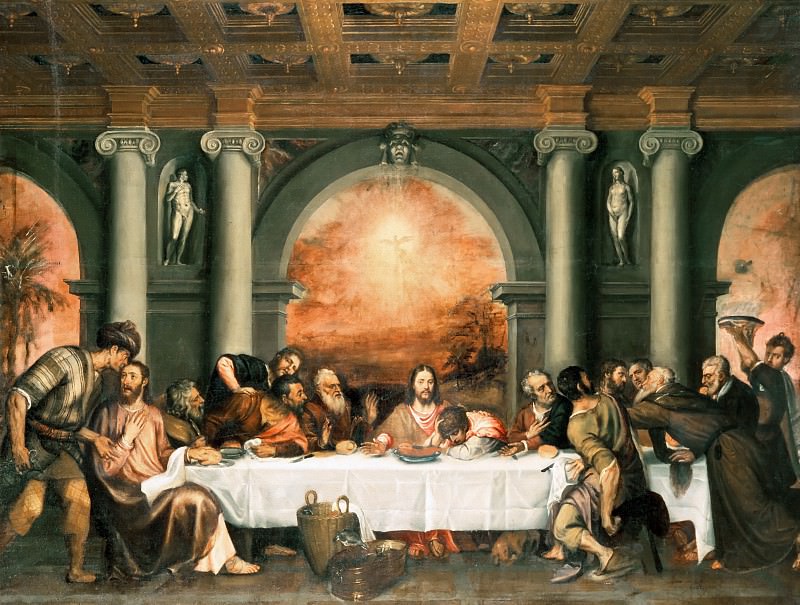Willem de Kooning: A Visionary of Abstract Expressionism
Willem de Kooning, a titan in the world of Abstract Expressionism, revolutionized the art scene with his dynamic compositions and emotive brushwork. Born in Rotterdam, Netherlands, on April 24, 1904, de Kooning's journey from Europe to the United States marked the beginning of a prolific career that would leave an indelible mark on modern art. His works, characterized by their intense colors, abstract forms, and vigorous application of paint, continue to captivate audiences and influence artists worldwide.
Early Life and Influences
De Kooning's early life in Rotterdam exposed him to the rich traditions of European art. As a young man, he apprenticed at a commercial art and decorating firm, where he learned the technical skills that would later underpin his artistic practice. In 1926, de Kooning emigrated to the United States, settling in New York City. This move placed him at the heart of the burgeoning American art scene, where he would eventually rise to prominence.
In New York, de Kooning encountered a vibrant community of artists, intellectuals, and critics. The city's energy and diversity provided fertile ground for his artistic development. Influences from European modernism, particularly the works of Pablo Picasso and Henri Matisse, merged with the dynamic urban environment to shape de Kooning's evolving style.
The New York School and Abstract Expressionism
By the late 1940s, de Kooning had become a central figure in the New York School, a group of artists known for their commitment to abstraction and expressive techniques. Alongside contemporaries such as Jackson Pollock, Mark Rothko, and Franz Kline, de Kooning helped to define Abstract Expressionism, a movement characterized by its emphasis on spontaneity, emotion, and the physical act of painting.
De Kooning's work from this period, particularly his series of "Women" paintings, garnered significant attention and controversy. These paintings, which blend figuration and abstraction, feature distorted female forms rendered with bold, gestural strokes. Critics and audiences were divided over the works' aggressive energy and ambiguous treatment of the female body. Nevertheless, the "Women" series solidified de Kooning's reputation as a leading innovator in contemporary art.
Technique and Style
De Kooning's approach to painting was marked by its intensity and fluidity. He often worked on large canvases, applying paint with broad, sweeping gestures that conveyed a sense of movement and urgency. His technique involved layering and scraping away paint, creating complex surfaces that combined sharp lines with blurred edges. This method allowed de Kooning to explore the tension between control and spontaneity, structure and chaos.
Color played a crucial role in de Kooning's compositions. His palette ranged from vibrant, saturated hues to muted, earthy tones, reflecting the emotional and psychological depth of his work. De Kooning's use of color and form was deeply influenced by his environment, particularly the urban landscape of New York and the natural beauty of Long Island, where he spent much of his later life.
Legacy and Impact
Willem de Kooning's impact on the art world is profound and far-reaching. His work not only contributed to the development of Abstract Expressionism but also influenced subsequent generations of artists. De Kooning's ability to merge abstraction with figuration opened new possibilities for artistic expression, challenging traditional boundaries and expanding the vocabulary of modern art.
In the decades following his rise to prominence, de Kooning continued to experiment and evolve. His later works, produced during the 1970s and 1980s, exhibit a greater sense of clarity and refinement. These paintings, characterized by their lyrical, flowing forms and bright, airy colors, reflect a more introspective and serene phase in de Kooning's career.
Notable Works and Exhibitions
De Kooning's oeuvre includes several iconic works that have become cornerstones of modern art history. "Woman I" (1950-52), part of the aforementioned "Women" series, remains one of his most celebrated and analyzed pieces. The painting's fierce, almost chaotic depiction of the female form exemplifies de Kooning's bold and confrontational style.
Other notable works include "Excavation" (1950), a densely layered composition that captures the artist's dynamic process, and "Untitled" (1977), which showcases the fluidity and luminosity of his later period. These paintings, along with many others, have been featured in major exhibitions at prestigious institutions such as the Museum of Modern Art in New York, the Solomon R. Guggenheim Museum, and the Whitney Museum of American Art.
De Kooning's Influence on Contemporary Art
The legacy of Willem de Kooning extends beyond his lifetime, continuing to inspire contemporary artists across various media. His exploration of abstraction and figuration, his innovative techniques, and his fearless approach to subject matter resonate with today's artists who seek to push the boundaries of creative expression.
Artists such as Jean-Michel Basquiat, Cecily Brown, and Anselm Kiefer have cited de Kooning as a significant influence on their work. The emotional intensity and gestural freedom evident in Basquiat's paintings, for example, reflect de Kooning's impact on the younger artist's approach to form and content.
The Market for De Kooning's Art
The market for de Kooning's art remains robust, with his works commanding high prices at auction and in private sales. Collectors and institutions alike value de Kooning's paintings for their historical significance and their dynamic, captivating presence. Record-breaking sales of his works, such as the $300 million paid for "Interchange" (1955) in 2015, underscore the enduring demand and appreciation for de Kooning's contributions to art.
Conclusion
Willem de Kooning's journey from a young immigrant in New York to a pioneering figure in Abstract Expressionism is a testament to his extraordinary talent and vision. His works continue to challenge, inspire, and captivate audiences, securing his place as one of the most influential artists of the 20th century. Through his innovative techniques, emotive compositions, and fearless exploration of form and color, de Kooning has left an indelible mark on the landscape of modern art, a legacy that will endure for generations to come.















